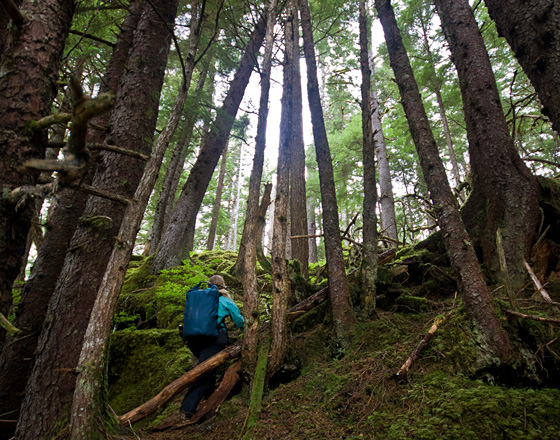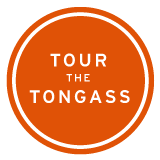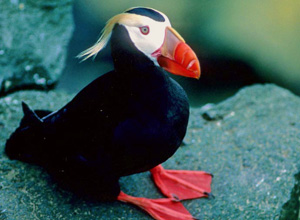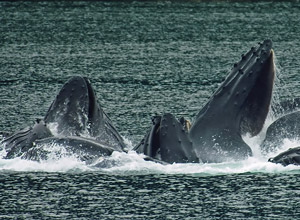Our Nation’s Largest Remaining Temperate Rainforest
Historically, temperate rainforests spanned the Pacific Coast from Northern California through the Alaskan Panhandle. Much of this coastal rainforest has been destroyed through unsustainable practices, timber harvesting, agriculture and development. Today, the Tongass National Forest — our largest national forest, located in southeast Alaska — still brims with the incredible bounty it has harbored for thousands of years. Despite being impacted in the past by unsustainable old-growth logging practices within sensitive and essential salmon and wildlife habitat, the Tongass continues to contain extraordinary values found in few other places on earth. It is one of the earth’s last places where the delicate balance between land, water, wildlife and human is sound. It truly is a place where we do not have to talk about how things used to be, but can appreciate what we have today.
It truly is a place where we do not have to talk about how things used to be, but can appreciate what we have today.
The Tongass is America’s rainforest and is known as the “crown jewel” of the U.S. Forest Service. Rising majestically from the deep, clear waters of Alaska’s Inside Passage, this is a land of huge bears grown fat on salmon, eagles soaring the endless skies and 500-year-old trees standing silent sentry over a rich and verdant world. It is a rare place where southeast Alaskans live off the lands and waters and where visitors and locals alike can still travel over timeless glaciers, fish in pristine streams, or find solace at a remote cabin, immersed in the breathtaking beauty of wild Alaska.
We still have an opportunity to make decisions about America’s rainforest that we can be proud of — balanced decisions which allow us to continue to experience and use the rainforest and its resources, without losing them. Together, we can protect what makes the Tongass special — by conserving fish and wildlife habitat, old-growth trees and wilderness areas, and southeast Alaskans unique way of life.




